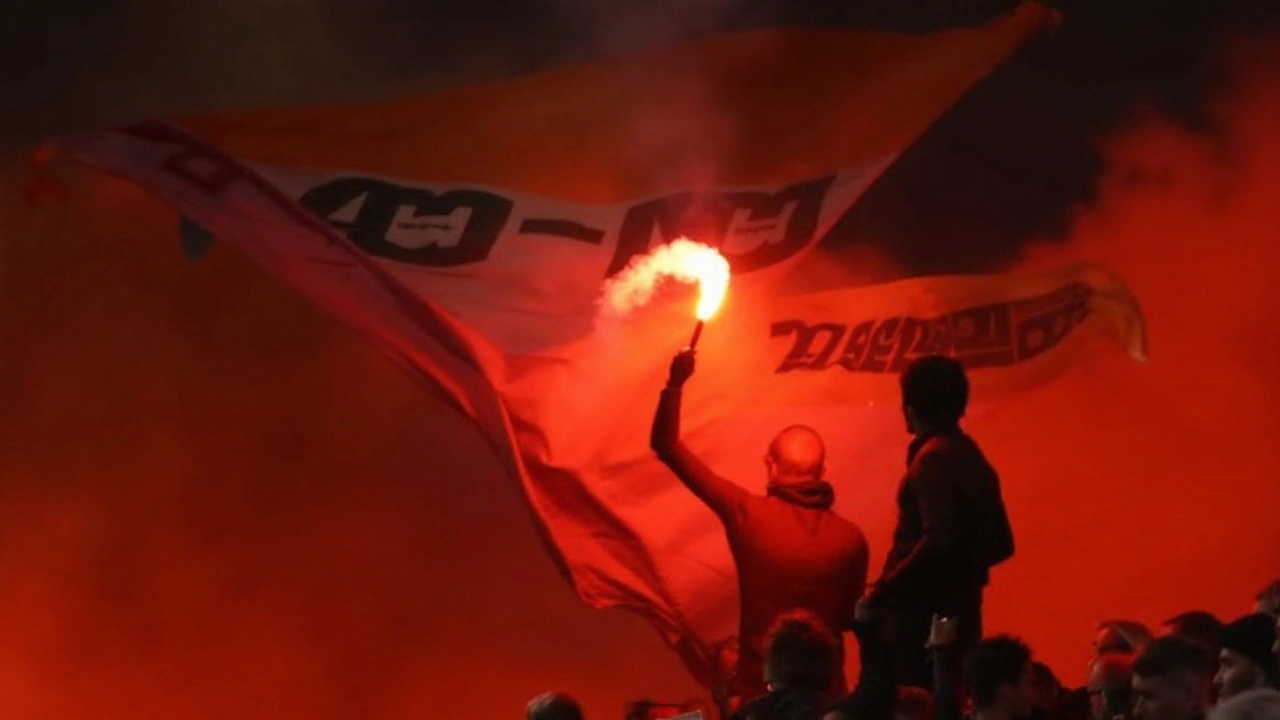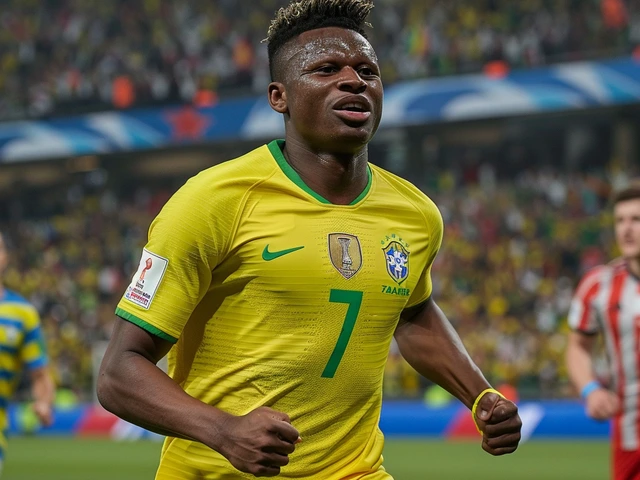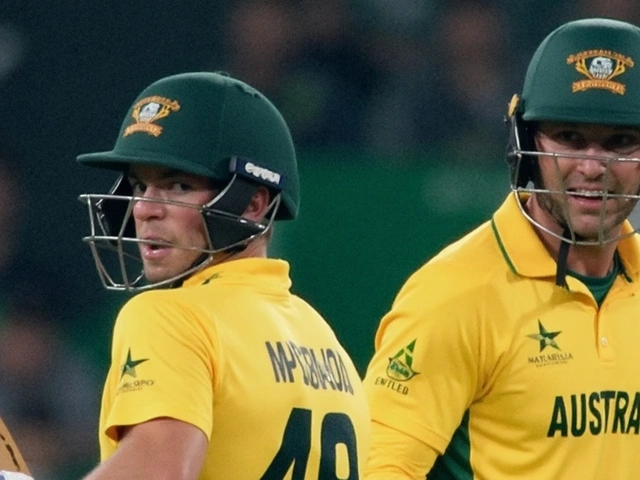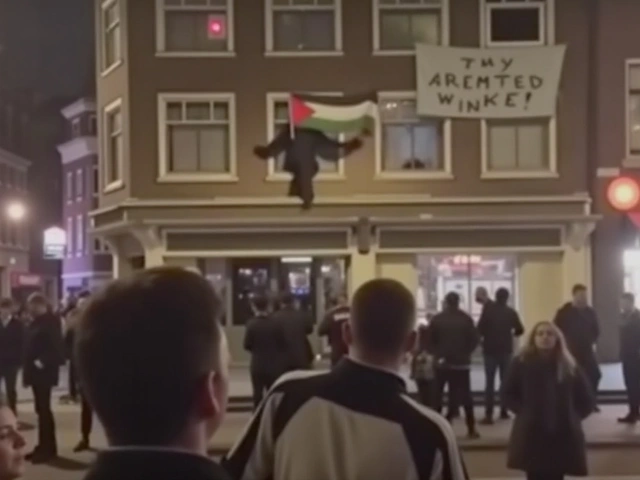A derby flipped by a bus attack — and a return under watch
The last time these two clubs were set to meet at the Velodrome, the night never made it to kickoff. Stones and beer bottles rained down on Lyon’s team bus outside the stadium, shattering glass and injuring coach Fabio Grosso, a World Cup winner who left with visible facial wounds. Players were shaken. The match was called off. French football, again, had to explain why a marquee Ligue 1 fixture ended in chaos before a ball was kicked.
Police quickly moved in. Interior Minister Gérald Darmanin said nine people were detained and urged courts to hand down the harshest prison terms possible. The message was blunt: this wasn’t fan rivalry; it was criminal violence that wrecked a national showcase.
The setting only made it worse. France is months away from hosting the Paris Olympics, with Marseille slated for early-round football matches. Old memories of 1998 — when England fans clashed with police here — resurfaced in TV footage, just as league bosses were pitching the 2024–29 broadcast rights. The timing couldn’t have been more damaging. Broadcasters look for safe, predictable products. What they saw was anything but.
Back on the pitch calendar, the clubs return to Marseille with a plan to keep the night calm. Prefectural orders restrict away travel and alcohol sales around the stadium. Police convoys and staggered arrival times are in place. The route for team buses has been evaluated down to the minute. There will be multiple security rings, heavier screening at turnstiles, and a bigger perimeter to separate fan groups long before they reach the gates.
Inside the ground, additional measures cover the usual flashpoints: pyrotechnics, projectiles, and pitch incursions. Stewarding teams have been reinforced in the corners, where friction tends to build, and camera coverage has been expanded to help prosecutors identify offenders quickly. The message to both sets of supporters is clear — there’s zero room for improvisation this time.
Sanctions, TV money, and the widening battle over matchday safety
One complication for the league: the attack happened outside the stadium footprint. That matters legally. The French League (LFP) can control what happens inside venues, but acts on public roads fall under policing and judicial authorities. That’s why talk of deducting points from Marseille hit a wall. Instead, officials floated behind-closed-doors options for future head-to-heads and stronger restrictions on away fans. It’s a patchwork solution to a problem that jumped the turnstiles.
Lyon, meanwhile, didn’t escape disciplinary glare. The club was docked a point for crowd trouble tied to the fallout from the aborted fixture — part of a wider crackdown that has already hit other sides, including Nice, for serious incidents involving supporters this season. The direction of travel is obvious: the LFP is pushing broader responsibility onto clubs, even when the spark is lit by a handful outside their control.
Both clubs condemned the attack and promised to cooperate fully with investigators. Privately, executives across Ligue 1 are alarmed for a more prosaic reason: money. The league’s next TV deal underwrites everything from academy budgets to transfer plans. Violent episodes — replayed globally within minutes — spook partners, depress bids, and weaken the collective hand at the negotiating table.
So, what’s changing beyond one high-risk matchday? Authorities are leaning on a mix of old and new tools:
- Targeted travel restrictions for away fans at fixtures classed as high risk.
- Expanded stadium bans for offenders, including judicial stadium bans that extend beyond club sanctions.
- Heavier use of video identification and rapid post-match prosecutions to deter copycats.
- Closer coordination between clubs, local prefects, and the national anti-hooliganism unit to design bespoke security plans.
None of this is glamorous. It’s the grind of prevention — the kind that makes highlights possible without mention of police convoys. France has tried to manage similar flashpoints before, from the 2021 Nice–Marseille brawl to recurring pyrotechnic incidents. Each time, the sport inches toward tighter controls, smarter risk maps, and a clearer line between passionate support and criminal behavior.
For Marseille–Lyon, the stakes are sharper because of what happened last time and what’s coming soon. The Olympic spotlight doesn’t leave much room for another viral video of broken glass and bloodied faces. The Velodrome, like every Olympic venue city, is under quiet audit: can it handle edge cases, bottlenecks, and the rare but devastating moment when a few people decide to wreck the night for everyone else?
Players and coaches, for their part, have tried to keep the focus on football. The truth is they can’t. When a coach is injured on the way to work, the conversation changes. You don’t need to be superstitious to feel a different kind of tension on the bus, in the tunnel, even during the warm-up. Security plans help. Visible order helps. What really changes the temperature, though, is fast accountability — arrests that stick, bans that bite, and clubs that back the process even when it stings.
There’s also the question of fairness. If a game can be derailed outside the stadium, who carries the cost? The LFP is trying to thread that needle by tightening matchday rules while pushing lawmakers and local authorities to do more in the public space. It’s a delicate balance: protect the product without punishing the innocent, deter violence without punishing the joy that makes these nights matter.
As the teams head back to the Velodrome, Marseille remains a city that can deliver an electric football atmosphere and, on the wrong night, something much darker. This time, every meter of pavement and every turnstile will be part of the plan. The derby owes itself a game of football. The rest — the legal process, the sanctions, the TV rights negotiations, the Olympic audits — can do their work after the final whistle. But to get there, the route to the stadium has to stay boring. That’s the point.





20 Comments
Ashley Hasselman
September 1, 2025 AT 13:14 PMSo now we're treating football fans like terrorists? Next they'll be scanning our coffee cups before we enter the stadium. 🙄
maggie barnes
September 1, 2025 AT 22:35 PMLyon got a point docked? LOL. Marseille didn't even do anything. This is just the league flexing its power. #JusticeForMarseille
Lewis Hardy
September 3, 2025 AT 19:33 PMI get the security measures, but it's sad that football has to feel like a military operation now. The passion is still there - we just need to separate the fans who ruin it from the ones who love it.
Prakash.s Peter
September 5, 2025 AT 02:53 AMThe structural failure here is not the fans-it’s the institutional incapacity to distinguish between civil unrest and sporting culture. The LFP operates under a colonial framework of control, not modern risk management.
ria ariyani
September 5, 2025 AT 16:53 PMThey banned alcohol?!?! So now we're treating adults like children?? And what about the 99% of fans who just want to watch a game?? This is fascism with a whistle!
Emily Nguyen
September 5, 2025 AT 19:33 PMOlympics are coming. Time to sanitize everything. No more passion. No more chaos. Just sterile, corporate-approved football. Perfect. 🤖
Ruben Figueroa
September 6, 2025 AT 17:51 PMThey're gonna have body scanners and TSA-style lines just to buy a nacho now. 😭 I miss the days when a beer and a chant was all it took. #BringBackTheChaos
Gabriel Clark
September 8, 2025 AT 12:10 PMThis is why football matters. It’s not just a game - it’s community, identity, history. But violence has no place in it. The measures are extreme, but necessary. Let’s hope they work without crushing the spirit.
Elizabeth Price
September 8, 2025 AT 21:59 PMWait-so Marseille is being punished for something that happened outside their stadium? That’s like blaming a restaurant because someone threw a rock at a car parked outside! This is absurd!
Steve Cox
September 10, 2025 AT 04:59 AMThey’re turning football into a theme park. No yelling, no flares, no passion. Just quiet, obedient, sanitized spectators. What’s the point? We’re not here to watch a corporate presentation. We’re here to feel something. And now we can’t even scream without getting flagged.
Aaron Leclaire
September 11, 2025 AT 02:32 AMSecurity over spectacle.
Mitch Roberts
September 11, 2025 AT 18:36 PMI’m just glad no one died. Yeah, the measures are overkill, but if it keeps the coach from getting another rock to the face, I’m all for it. Let’s just get the game on already!
Mark Venema
September 13, 2025 AT 03:15 AMThe legal distinction between public and private space is critical here. The LFP has jurisdiction over stadium conduct, but not over public roads. Therefore, point deductions are legally untenable. The correct response is enhanced policing and judicial prosecution - not administrative punishment of clubs.
Brian Walko
September 14, 2025 AT 20:39 PMWe can’t let a few bad actors ruin this for everyone. The security plan is thoughtful, layered, and proportional. Let’s support the efforts to keep the game alive - and safe.
Derrek Wortham
September 15, 2025 AT 00:53 AMThey’re going to have drones overhead, facial recognition, and a SWAT team in the parking lot. This isn’t football anymore - it’s a hostage negotiation with a halftime show.
Derek Pholms
September 15, 2025 AT 07:18 AMThe real tragedy isn’t the violence - it’s that we’ve accepted this as normal. We’ve normalized the idea that football is a battleground, not a celebration. When did we stop believing that passion could exist without destruction? We’re not just policing fans - we’re policing joy.
musa dogan
September 16, 2025 AT 13:00 PMAh yes, the French. Always turning beautiful chaos into bureaucratic paperwork. Next they’ll make you fill out a form to yell 'Allez Marseille!' - and get stamped by three officials. The art of the derby is dead. Long live the spreadsheet.
Mark Dodak
September 16, 2025 AT 15:50 PMI’ve been to a dozen derbies in Europe. The tension is part of it - the noise, the colors, the edge. But when someone gets hurt on the way to the game? That’s not passion. That’s cowardice. I get why they’re going full lockdown. It’s ugly, but it’s the only way to protect the game from itself. I just hope they don’t kill the soul of it trying to save it.
Stephanie Reed
September 17, 2025 AT 11:15 AMI just want to see a good game. No one’s asking for fireworks or riots. Just a safe space to cheer for your team. I hope they get it right this time.
Zara Lawrence
September 19, 2025 AT 03:18 AMYou know what’s really happening? This isn’t about safety. It’s about money. The broadcasters are terrified. The Olympics are coming. They’re using this attack as an excuse to sanitize football into a sterile, corporate product that doesn’t offend anyone. The fans? They’re collateral damage. And the clubs? They’re just pawns in a global media game. They don’t care about the history, the culture, the rage - only the ratings. And now, they’re going to turn the Velodrome into a Disney ride. 🎢